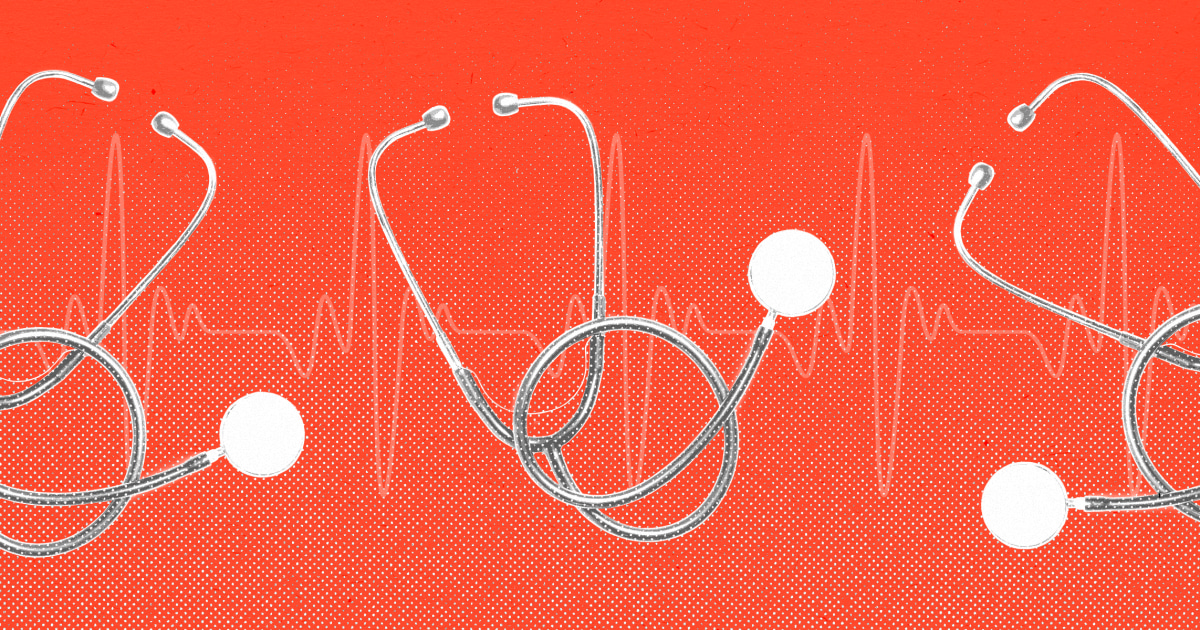Feb. 28, 2025 — If you’re like many Americans, you probably have a fitness tracker or a smartwatch on your wrist or finger. As of 2023, a little more than a third of the population uses wearable trackers. They flood us with data, hours and quality of sleep, resting heart rate, exercise heart rate, calorie expenditure, time spent standing, step count, step length, step asymmetry, how fast you do stairs, and more.
All that data can be overwhelming — sometimes even stressful and counterproductive. Which stats really matter?
“It can be hard to process all the information streaming in from our watches,” said David Conroy, PhD, professor of applied exercise science at the University of Michigan and a researcher of physical activity tracking. “In our work, we’ve narrowed in on step count as the important metric.”
Unless you’re working toward a specific health or fitness goal, step count indeed stands out among all the others for general wellness and longevity, as more and more research shows. The largest study — a collaborative effort by Johns Hopkins University, the University of Minnesota, and the University of Colorado — combed numbers in the National Health and Nutrition Examination Survey (NHANES). The researchers compared 15 markers that impact longevity, and movement stood above all other measurements. This included predictors like age, gender, race, lifestyle habits, and more. “Activity is an easily modifiable measure, and some of the others are not,” said Erjia Cui, PhD, an assistant professor at the University of Minnesota and one of the study’s co-authors.
The main takeaway: In a world of overwhelming data availability, the simple act of moving more each day will make the biggest difference in your longevity.
With all those handy measurements, why should movement be the one you care most about? “It’s very easy to understand,” said Conroy. “It represents your volume of activity, whether by running or walking, or some combination of the two.”
If you’re a swimmer or cyclist, or you use a wheelchair, step count isn’t going to give you the best measurement, said Conroy. But for most folks, movement on feet is the easiest, most quantitative factor to track. “The caveat is that these devices have created a trap,” he said. “People want an easy answer — am I moving enough?”
That is a more difficult question to answer. For decades, the goal was 10,000 steps a day — but further research has shown that step counts as low as 2,500 still deliver long-term health benefits that increase as your step count rises — even past 10,000. The bottom line, however, is that more movement is better for you and serves as the best measurement of longevity.
From where Cui stands, you should make it your goal to achieve as much movement as possible in any given day — and any is better than none. “We know that the step count measurements on tracking devices are generally accurate, so pay attention to those,” he said.
Lack of a tracker is no problem, said Conroy, as long as you’re moving and you have a general idea of time and distance. “It could be that keeping a journal about your activity produces just as good a measurement.”
Why? When you manually track your movement, you put thought and reflection into it. This process allows you to think about how you moved, how long, and where, which gives you the opportunity to reflect on what’s working and what’s not.
For example: if you track a daily walk in your journal, you might notice that it typically falls during your lunch hour. That can give you incentive to prioritize that time for exercise. “A wearable can’t do that,” said Conroy. “You’re actively thinking about your activity, retrieving it from memory, and that forces you to reflect on it.”
Everyone is different, of course, and how you measure your activity isn’t as important as doing it. But, Conroy said, devices cost money and aren’t accessible to everyone. “We’ve developed a bit of mystique around the trackers,” he said, “and that might be overstated.”
What matters is knowing yourself and what helps motivate you to move. “Know that the trackers aren’t a silver bullet,” he said. “You can get just as much bang for your buck from tracking activity on your own.”
Ashley Mateo, a 39-year-old freelance writer and running coach, collects and measures a bevy of statistics from both a smartwatch and a ring. “I originally started tracking on an early version Apple watch,” she said. “I wanted to ‘close my rings,’ hit my calorie goals, and know how much I was moving, If I was doing all the things right, I felt I was healthy.”
The key for Mateo is she has fitness goals more specific than simply looking out for her general health. As a competitive runner, Mateo now crunches certain metrics to enhance her training. In particular, she likes to know her heart rate variability, her resting heart rate, and her sleep patterns. “I don’t rely on the data alone, but if I’m feeling off, I can check my numbers and see if they indicate there’s a reason for that.”
If the data and how she feels align and indicate she might be getting sick or that she needs more rest and recovery, Mateo might then dial back her run plans for the day. “I follow my body first, and if the watch also tells me I didn’t sleep well and should take it easy, then I probably will,” she explained. “The data has to correlate to how I’m feeling before I take action.”
She also watches her overall activity and allows her watch to serve as a nudge to move more throughout her day. “I’ve noticed that when I’m moving more than just during my workouts, I feel better,” Mateo said. “I’m in a better mood and have more energy.”
While Mateo’s goals with her devices are different than the general population seeking health and longevity, they demonstrate how the various data can serve people in a variety of ways. “It really comes down to different strokes for different folks,” said Conroy. “Everyone has their preferences, whether in the type of exercise you choose or how you track movement.”
But if you’re not a competitive athlete and longevity is the goal, you can simplify your life by focusing on the simple data point of movement.
“If we had a drug that could positively impact as many different systems in the body as movement, it would be a blockbuster,” said Conroy. “But there’s no pill that can increase longevity, reduce depression and anxiety, improve your bone health, or any other factor as much as exercise.”



